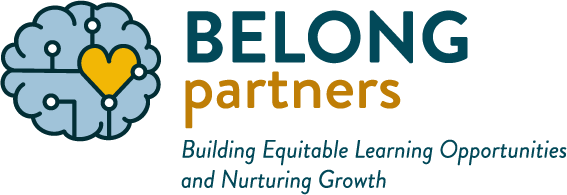-
Self-Regulation for Educators, Co-Regulation for Students
The negative impact that COVID-19 had on our nervous systems, both as educators and students, is palpable. National data such as this report from the National Center for Education Statistics and lived experiences of educators show the pandemic has negatively impacted student behavior and social-emotional development, and teacher burnout and turnover is at an all-time…
-
In the Classroom, Kindness = Connection + Caring
-
For Parents, a New Look at Kindness
-
Instilling joy and contentment
When we ask educators what they hope for in their students when they enter adulthood, they usually respond with a long list of life skills which include a sense of connection, peace, and contentment. Even though you have huge responsibility for teaching academic subjects, as educators you also value the human being doing the learning.…
-
Planting Seeds of Contentment
What helps a child grow into a happy, content adult? Happiness is the result of strong social emotional health that is built up over time. It starts with meeting your child’s need to be soothed as an infant, helping them manage “big” feelings and by modeling and supporting a sense of hope and optimism as…
-
Teaching Tenaciousness
Every teacher has some students who seem eager to lean into challenges or take on new things – and other students who do the opposite. They seem pull away from taking risks and struggle to manage the frustrating feelings that naturally arise when learning new ideas or tasks. Growing the internal capacity to “lean into…
-
Stubbornness is Perseverance in Disguise
Can you remember a time your child insisted on continue to build something, or play or read – when you needed to go somewhere? Perseverance can be frustrating and inconvenient! When your child is sticking to something they want to do – even though you want/need to do something else it is challenging. Yet, the…
-
Raising a Compassionate Child
Compassion develops over time as children grow. We know from research that the desire to help and comfort others comes naturally to us. Even two-year olds will offer a blankie or pacifier to a crying playmate. They may not understand why their friend is crying, but they want to help them feel better. By age…
-
Encouraging Compassion in the Classroom
We can build classrooms that foster respect, compassion and deep listening, resulting in spaces where students feel safe and where healthy social skills can emerge. The word compassion comes from the words to be “with suffering.” It is our ability to step into the shoes of another person, to care for them without judgment. It…
